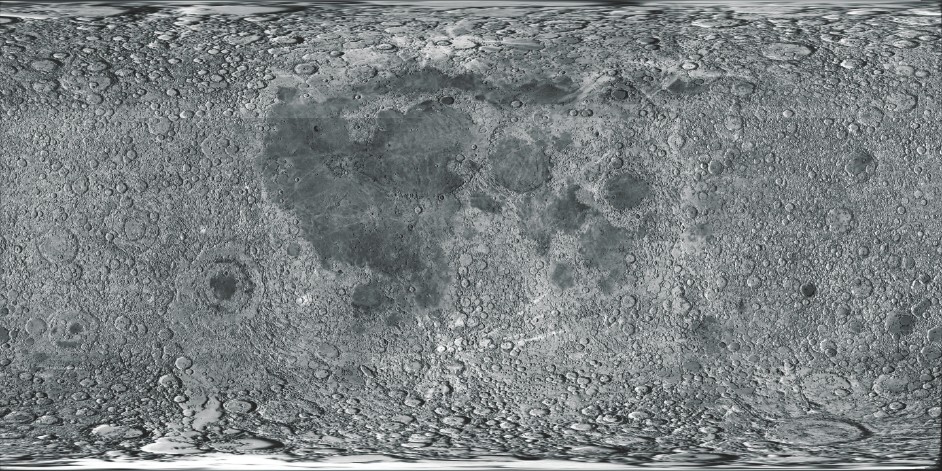A closer look at the surface of the Moon

[fototag id=”Moonmap”]
The Moon’s two hemispheres – the one nearest to us and the one farthest away, or the ‘dark side’ – have very different surface features. The nearer side is dominated by maria and highlands. The maria, or ‘seas’ (so-named because early astronomers assumed they were full of water) are the darker areas visible from Earth. The lighter areas are the highlands. Instead of water, the maria are dark because they contain hardened lava, left over from earlier volcanism on the Moon. The far side of our satellite, in contrast, contains almost no maria at all. Both sides of our lunar neighbour are covered with impact craters, left by meteors; they can be tiny or many kilometres across. Especially strong impacts can leave rays of dust extending hundreds of metres from the crater centre. Mountains and other volcanic features emerged shortly after the Moon’s formation, as the surface cooled and buckled.





